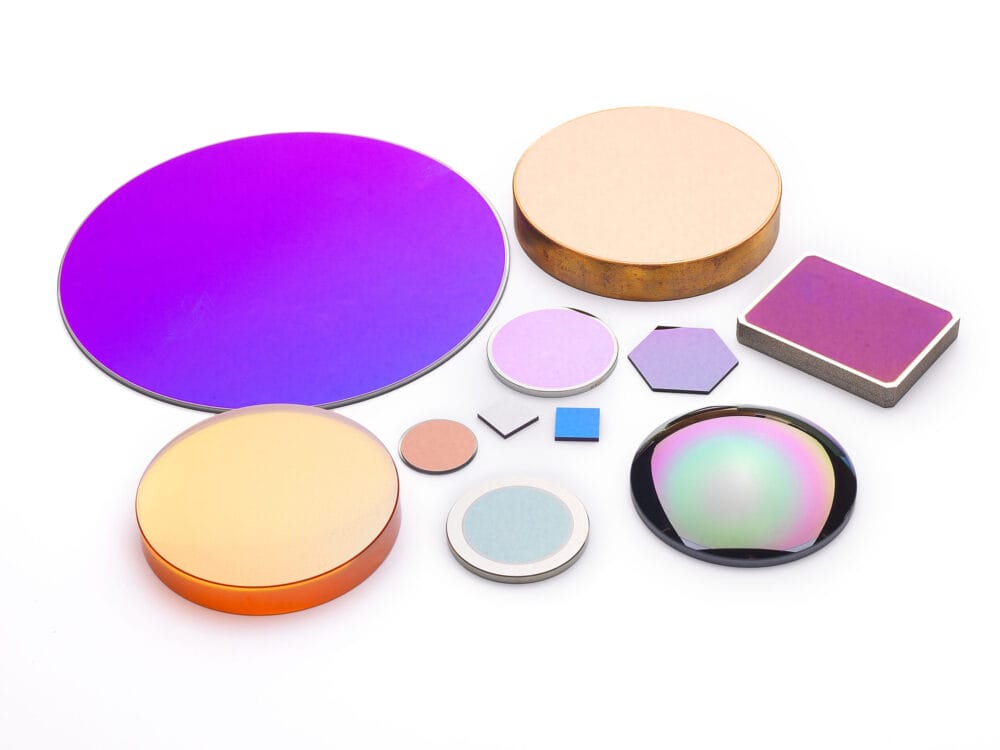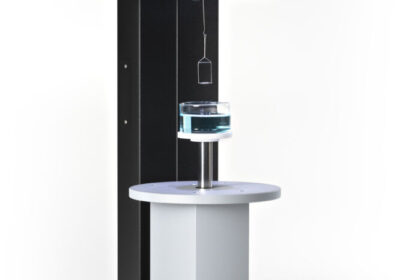Gas analysis is a deceptively broad topic. In engineering and manufacturing alone, it can be used to determine the safety of a workplace, the purity or quality of manufactured products, and the profound impact that a company’s activities can have on our planet.
All of these issues – and the myriad other applications for gas analysis systems – are becoming more important in today’s society, especially within sectors that work with potentially hazardous materials and their byproducts. Chemical production, electrical engineering and energy generation, the hydrocarbon industry, and similar sectors all come with increased risks to workers and local communities.
These risks are not fully measurable without all the facts at hand, and only data can provide those facts. That means advanced sensing technology, and the cutting-edge components that go into each sensor, are at the heart of the solutions to some of the most complex gas analysis challenges faced by industrial engineers.
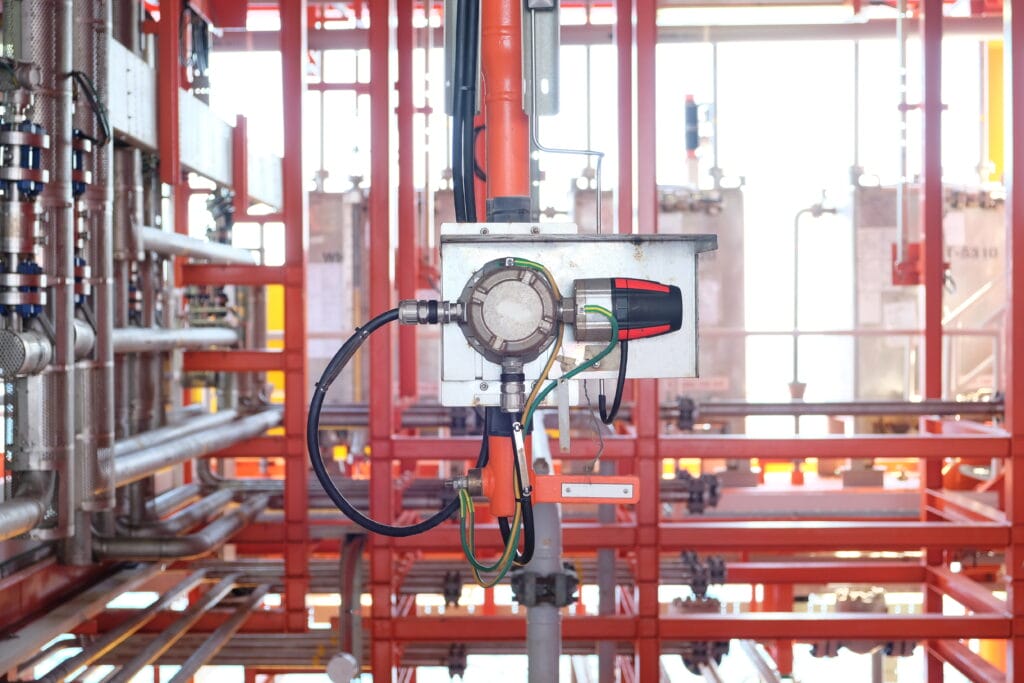
Gas emissions – an industry-transcending problem
To use the oil and gas sector as a particularly germane example, every stage of production and transportation risks exposing people to toxic gases like carbon dioxide and hydrogen sulphide (H2S), which can cause serious health issues or even death in high enough concentrations.
Even nontoxic gases that are byproducts of extraction and production can pose a threat in sufficiently high concentrations, by depleting oxygen levels and leaving staff without proper protection in danger of asphyxiation.

Unnecessary gas emissions carry much more widespread risks however, in the form of global heating and declining health outcomes[1]. Emissions of chlorofluorocarbons (CFCs) – compounds which, while banned under the Montreal Protocol, can still be emitted as a byproduct of hydrofluorocarbon (HFCs) production – are on the rise[2], while potent greenhouse gases like methane and carbon dioxide are still steadily heating the planet. Evidently, many industries have much more to do to clamp down on emissions.
Alongside the threat this poses to workers, equipment, other assets, and the local communities in which they are situated, comes the growing regulatory requirements around managing gases and pollutants.
As the impacts of gas emissions and air quality become more severe – and more self-evident – increasingly stringent regulations are being adopted around the world as countries look to tackle this problem. Businesses that are seen to be complacent on air quality risk being penalised and face reputational damage – not to mention discouraging potential investors who use ESG compliance to evaluate their available options.
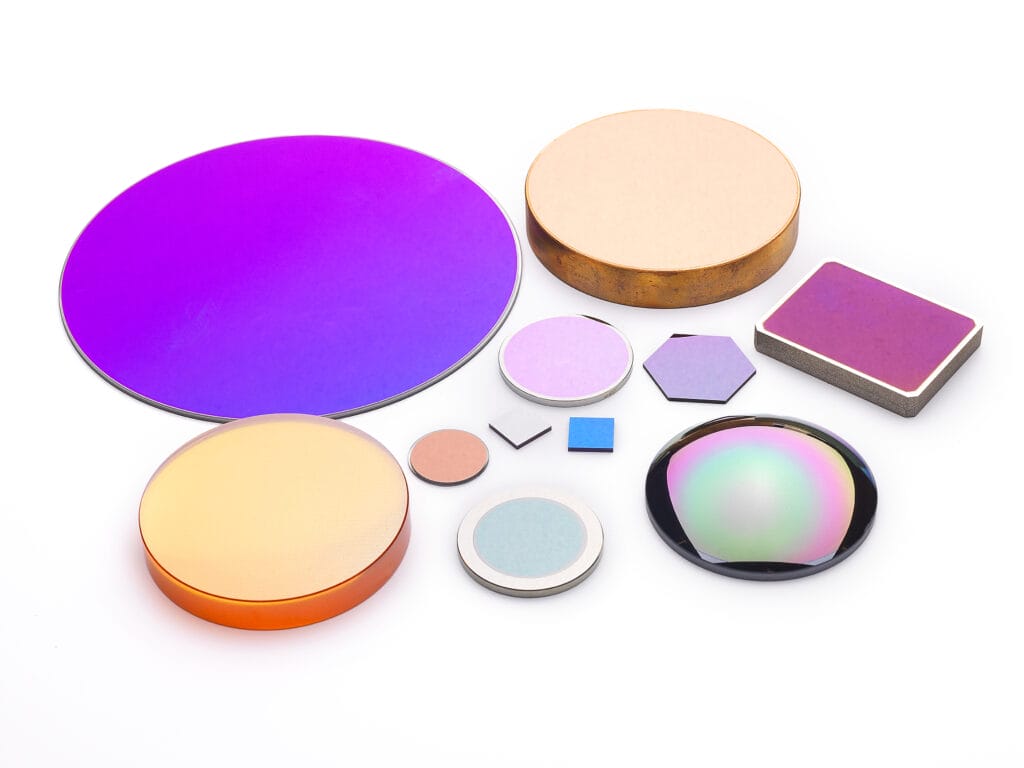
Many emissions and leaks can be caught using preventative maintenance. However, this requires companies to know where problems are located so preventative maintenance can be carried out, which can be easier said than done when business operations are spread over a wide geographic area. Returning to oil and gas production as an example, this may involve monitoring pipelines that are thousands of miles long and can be situated underground or underwater. Without specialist equipment, this is impractical at best – and it is here where advanced gas analysis sensors show their worth.
Infrared sensors are at the heart of the solution
Gas detection technology – particularly infrared spectroscopic sensing – has become instrumental to workplace safety by improving the quality and quantity of data that a company has access to. And these sensors themselves have improved dramatically to be cost-effective and highly scalable. They can be deployed to detect minute traces of gas in a room or zone of a workplace, in small handheld safety devices, or installed on satellites to monitor large emissions at a global scale. This flexibility means the prospect of monitoring huge geographical areas for problems becomes much more viable.
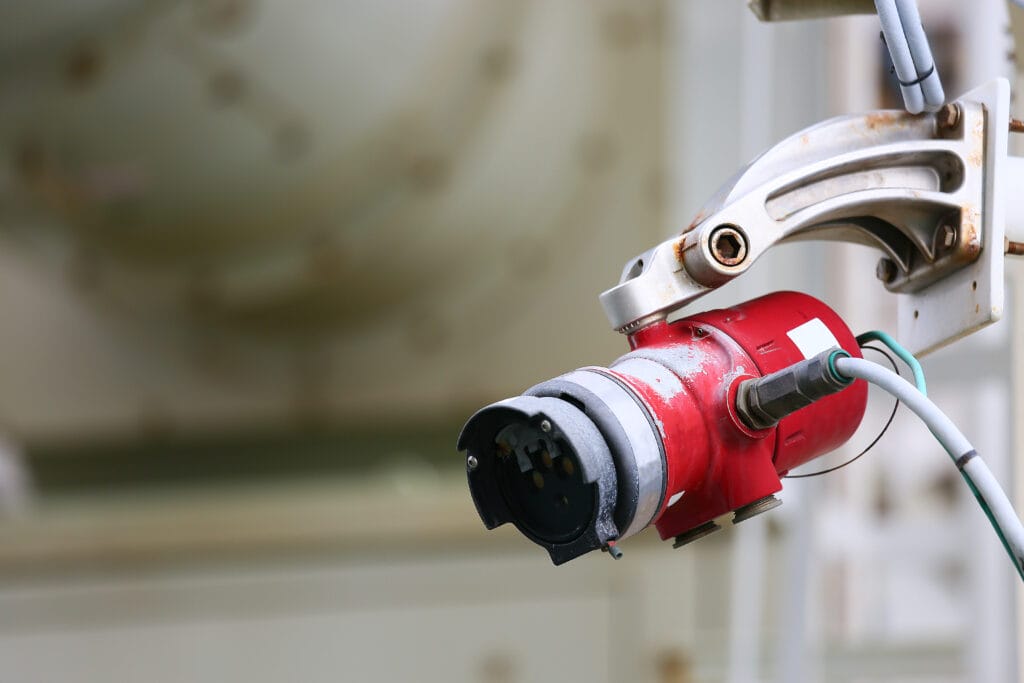
The next-generation flexibility and sensitivity of gas sensing technology are largely driven by advances in electro-optical coatings. These coatings provide control over which wavelengths of light can reach the sensor. At the heart of the device, a laser beam is targeted at a detector or sensor through the gas sample of interest. This sensor converts the incoming light into electrical signals and monitors the changes between the incident beam and the light that it detects. This beam is compared against a reference beam that enables it to monitor for discrepancies. Each gas has a unique structure that absorbs different wavelengths of infrared light, providing a unique chemical fingerprint that sensors can use to identify the target gas.
Infrared light is ideal for this application because of the unique properties of many small gaseous species like methane, carbon dioxide, and other hydrocarbons. These substances absorb infrared light very effectively, making it easy for sensors to detect them in parts per billion. Additionally, because many different spectral lines characterise the absorption profile of these gases in the infrared, features in the spectra can be used to identify chemical species with great accuracy. This provides a wealth of information to laser sensors that make them exceptionally potent tools for industrial applications.
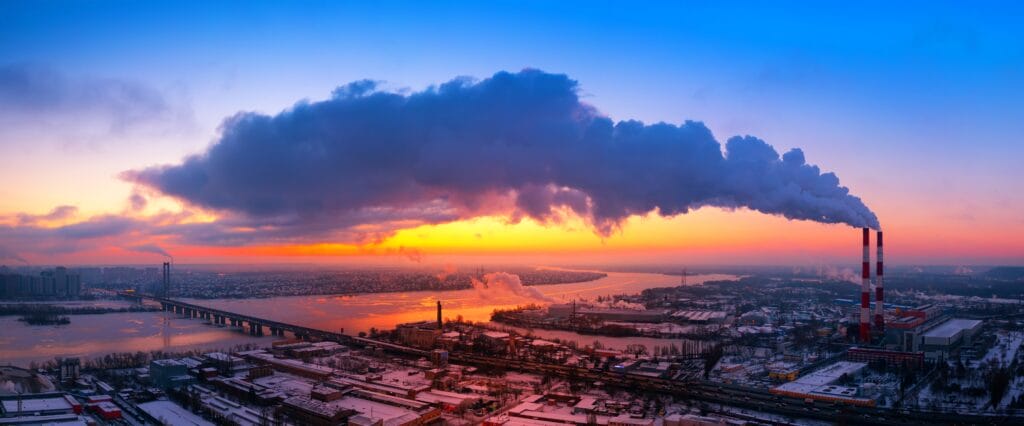
Widespread adoption of gas detection technology will vastly improve the data on harmful leaks available across the broad range of facilities that make up the engineering and manufacturing segments, while also facilitating preventative action. Investing in this equipment must therefore be central to any company’s business operations; only by understanding where harmful leaks are occurring can the sector hope to offer its people the protection they deserve.
[1] https://www.nature.com/articles/s41598-021-01802-5
[2] https://www.newscientist.com/article/2367525-ozone-destroying-cfc-chemicals-are-on-the-rise-again-despite-ban/

